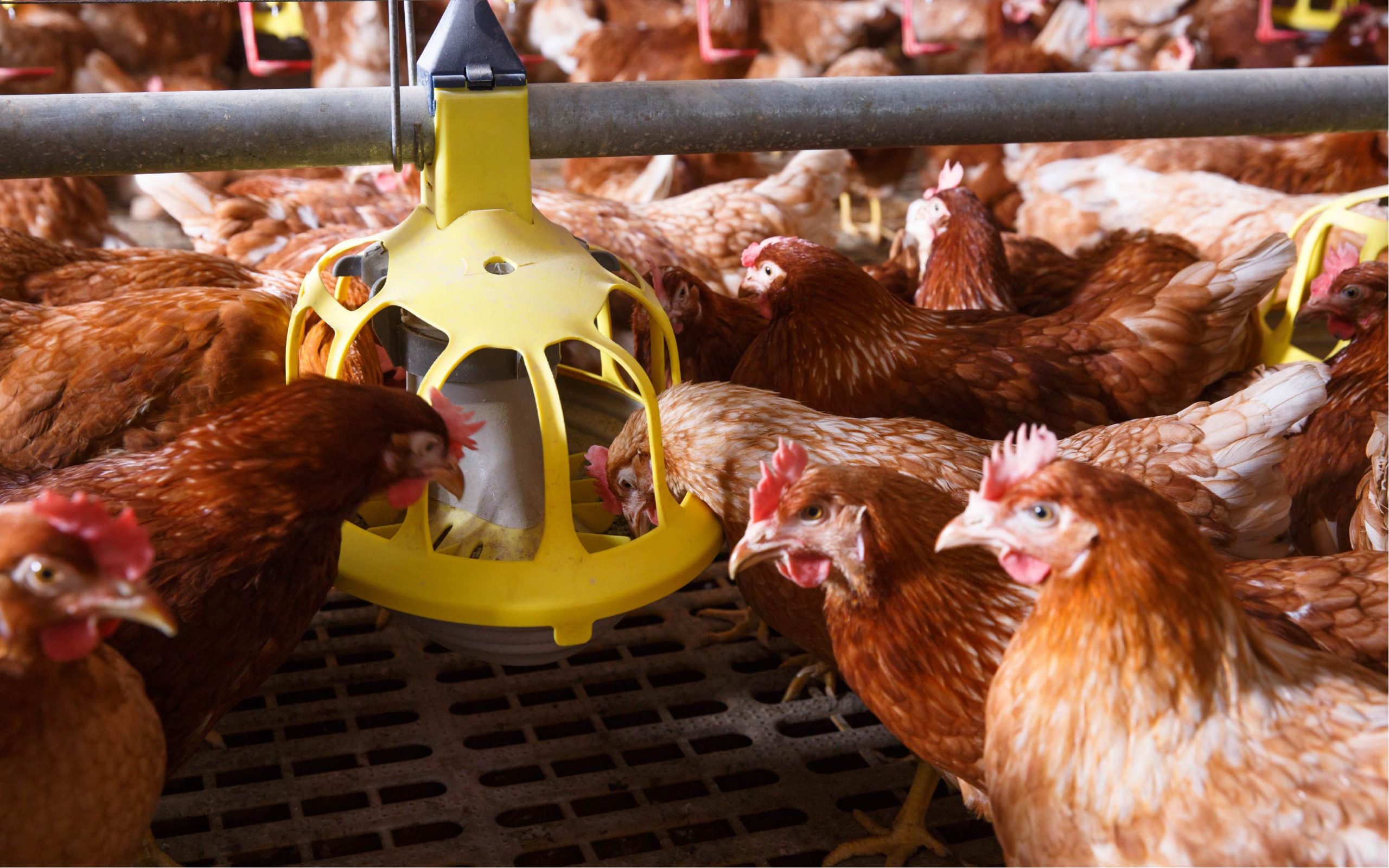Bacteria were first observed and described by Antonie van Leeuwenhoek in 1676 when he published his observations in a series of letters to the Royal Society.
Now, centuries later it is estimated that there are approximately 1 trillion microbial species on earth – a diverse population with major differences between them. If you would compare this number to all plant and animal species combined (approximately 10 million species), then we can conclude that we live in a bacterial world.
Everywhere around us we are surrounded by bacteria. Humans and animals have an interesting relationship with bacteria. For instance, we rely on them as bacteria help us with the digestion of fibres in our intestinal tract – fibres that we cannot digest ourselves. Mammals rely on microbes to digest these for them instead. There is a clear mutual benefit in this relationship. On the other hand, we also might fear them as some microbial species can be pathogenic and can cause diseases. It all depends on the species and strains of microbes. Strains matter. Microbes (like all species) are described in different levels from Domain, Phylum, Class, Order, Family, Genus down to Species. In Table 1 the classification steps are shown for bacteria (left) and for humans (right). In the human case it ends with Homo Sapiens at species level. However, the same steps take the bacterial definition down to Bacillus subtilis level, while there is a bigger variety of microbes than people in a species level. Providing microbes with a strain code makes it possible to identify which Bacillus subtilis is being referred to. Microbe strains and their characteristics differ significantly from each other within a species level. Within Bacillus subtilis, there can be thousands of different strains which can be considered as unique individuals. Strains can be considered as individuals within a population. Consequently, a colony of strains is then like a clone population of the same individual.



